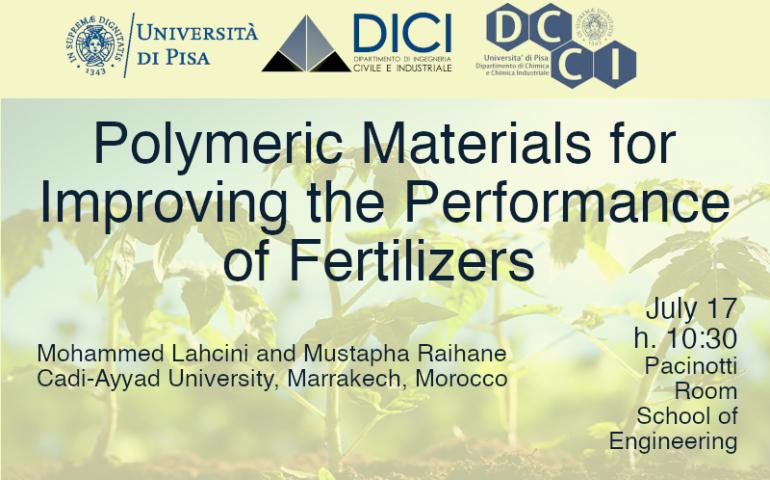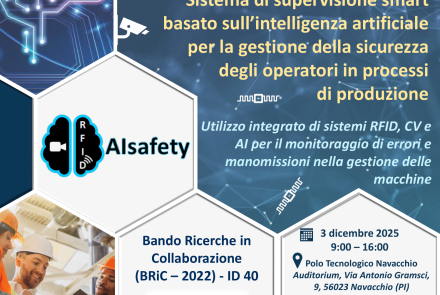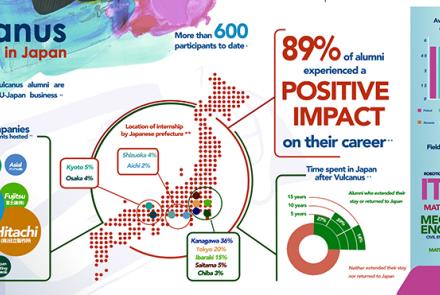Pacinotti Room, School of Engineering
Largo Lucio Lazzarino 1 Pisa
Mohammed Lahcini, Cadi Ayyad University, Marrakech, Morocco
Mustapha Raihane, Cadi Ayyad University, Marrakech, Morocco
Mohammed Lahcini
Biodegradable materials based on aliphatic polyesters: from synthesis to biodegradation through fertilizer coating application
Abstract
Fertilizers are considered as important elements to maintain the soil fertility and to supply the human demands of food. From now on, more than 70% of the seed yield will have to depend on fertilizers [1].
Besides, the fertilization process is referred to as the main way to work around the decrease of the arable land over the past few decades due to urbanization and climate change. As consequence of the fertilization process, a rapid release of nitrogen, phosphorus and potassium as major nutriments (NPK) from fertilizers rises up many doubts on their sustainability and efficiency against the plant’s needs [2]
This study presents a new approach for preparing a new type of slow-release membrane-covered DAP fertilizer with PCL-g-GG and PCL-g-HNT as biodegradable carrier materials. The grafting of PCL on GG and HNT was carried out by surface-initiated ring opening polymerization of ε- caprolactone in solvent free condition at different percentages of fillers (GG and HNT) (1%, 3% and 5%) and fixed amount of catalyst tetra(phenylethynyl)tin [εCL/SnAK = 1000/1].
By dip-coating process and drying at 30°C the DAP granules were covered by a thin layer within the PCL matrix grafted on guar gum or halloysite nanotubes. The release behavior of DAP coated by composites films was studied, and following conclusions were achieved: (1) the introduction of hydrophilic charges, guar gum and halloysite nanotubes, increase the swellability of PCL matrix and increased the adhesion between the coating film and surface of DAP granules; (2) the DAP release rate could be controlled by adjusting the charges (GG or HNT) contents on the coating composites. The liberation degree of nutrients can be varied from 2 hours for uncoated DAP to 50 hours with coated DAP by materials prepared 1% wt of GG and HNT; (3) scanning electron microscopy cross-section images revealed that the coating thickness of DAP granules is around 25μm with good adhesion between the granules and the coating films; (4) composite materials prepared with 1% wt of GG and HNT present the best performance in term of mechanical proprieties and hydrophobic characters. Therefore, the modified PCL products for controlled release could be expected to have widely potential application in agriculture industry as fertilizer carrier.
References
1. Brown ME, Higgins N (2009) Markets, climate change, and food security in West Africa. Environ
Sci Technol 43:8016–8020
2. FAO (2009) Global agriculture towards 2050. In: High lev expert forum-how to feed world 2050,
pp 1–4
Acknowledgements:
The Authors would like to acknowledge the support through the R&D Initiative – Appel à
projets autour des phosphates APPHOS – sponsored by OC ( project ID VAL-RAI-01/2017),
the CNRST-Morocco, Projet Prioritaire PPR1/2015/73 and Alexander von Humboldt
Foundation for supporting synthesis of bio-nanocomposites.
Bio
Mohammed Lahcini received both his Master and Ph.D. from the University of Bordeaux 1- France in 1991 and 1994, respectively, under the supervision of Professor Bernard Jousseaume. After subsequent postdoctoral research with Professor Bernard Jousseaume, he started his academic carrier at Cadi Ayyad University in 1995 as Assistant Professor and in 2002 he was appointed Full Professor. During 2002-2023, he was several times as a visiting scientist at Helsinki University with Professors Timo Repo and Marku Leskelaa (2002-20012), at University of Hamburg with Professor Hans Kricheldorf (2006-2015), at University of Rouen (2010-2012), Qatar University (2013-2016), Zagreb University September 2017, March 2019 and June 2022, Orléans University 2019 and Unité de Catalyse et Chimie du Solide (UCCS) University of Lille. In 2013, he was the recipient of the Alexander von Humboldt Research award for Experienced Researchers. His research covers organometallic and macromolecular chemistry; heterogeneous catalysis for fine chemicals synthesis and homogeneous catalysis in biopolymers and bionanocomposites materials and green chemistry including the chemistry of bio-sourced materials. He has published over 115 papers in international journals.
Mustapha Raihane
Development of Hydrophobic Polymer Coatings for Slow-release Phosphate
Abstract
The most commonly used commercial fertilizers are water-soluble quick-release fertilizers, predictively readily available for plants when properly placed in the soil. However, all commercial fertilizers are well-known for their low nutrient use efficiency in plants due to the high release of nutrients rather than the absorption rate by plants. These problems do not only cause financial losses, but also induce risks for the environment. Several materials have been proposed and tested to produce slow/controlled-release fertilizers. Many researchers are focused on the development of coatings based on vegetable oils, some are more interested in biopolymers coatings, and others are attracted to acrylic coatings. The current thesis was devoted to design and characterize a new polymeric coating materials for conventional fertilizers (DAP and TSP) produced by OCP group (Morocco) in order to study their performance in terms of N and P nutrients release rates in water compared to uncoated fertilizers. In fact, we have developed new coating formulations based on (i) hydrophobic fluorinated polymers prepared from acrylic monomers, and (ii) Vegetable oils (Priamine and soybean oil) and their bioblends with a biodegradable poly(ε-caprolactone). Each material has its particular properties and its advantages which make each proposed formulation an attractive candidate for fertilizers coating materials. Based on the obtained results, it can be concluded that due to their specific properties, the first and second families, which are based on fluoropolymers and vegetable oils as presented in this document, have several advantages making them the most attractive candidate to cover conventional water-soluble quick-release fertilizers.
Bio
Prof. Mustapha RAIHANE received his PhD on Macromolecular Chemistry in 1993 at Jean Monnet University in France. He joined the Faculty of Sciences and Techniques at Cadi-Ayyad University of Marrakech in 1994 as Associate professor, and became full professor in 2001. His main research interests focus on:
(i) Macromolecular chemistry (conventional and controlled radical polymerization, polycondensation) involving fluorinated polymers and polymer nanocomposites for energy and surface properties,
(ii) biobased and biodegradable polymers and biocomposites. Coauthor of 3 chapters of books and more than 94 peer reviewed papers, he is a member of the Moroccan Polymer Association. He was visiting Professor at Pisa University (Italy), Technical University of Istanbul and Yalova University (Turkey), NY Polytechnic (USA), KTH- Stockhom (Sweden), Sfax University (Tunisia), Riga Technical University (Latvia), Zagreb university (Croatia). He is the principal investigator of national and international research projects.







